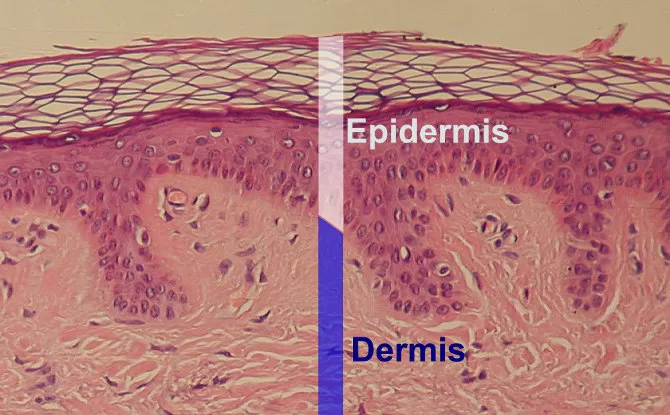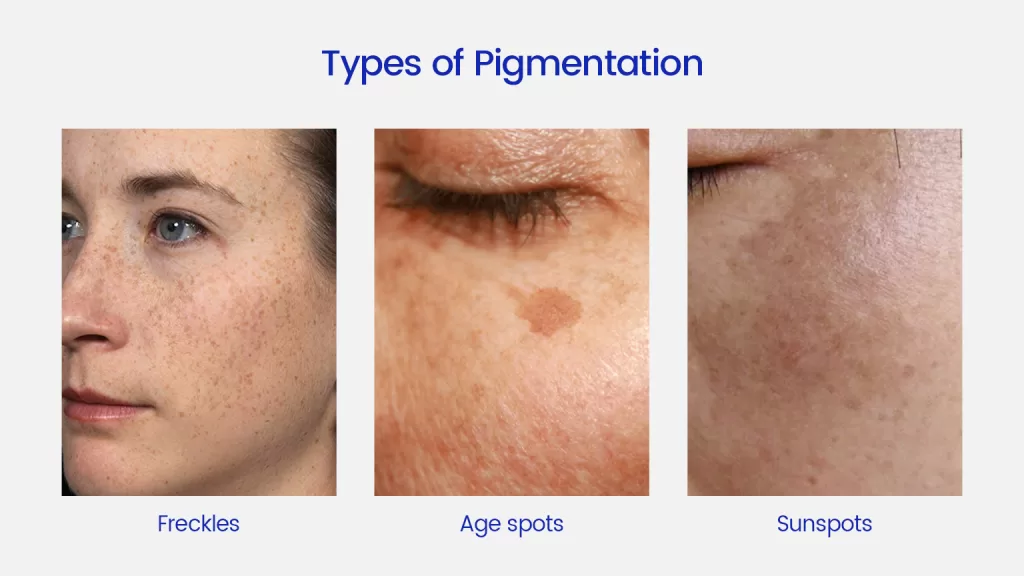Introduction
When it comes to dealing with skin pigmentation issues, understanding the underlying causes and available treatments is crucial. Freckles, age spots, and other types of hyperpigmentation can significantly affect your appearance and self-confidence. Laser treatments have emerged as one of the most effective solutions for tackling these issues. But with various types of lasers and technologies available, how do you choose the right one? This guide will delve into the specifics of laser treatments for pigmentation removal, helping you make an informed decision.
Understanding Pigmentation: What Is It?
Pigmentation disorders, such as freckles, age spots, and melasma, are primarily caused by an abnormal distribution or overproduction of melanin, the pigment responsible for skin color. These spots often appear on the face, especially on the cheeks and forehead, and can be exacerbated by prolonged sun exposure and genetic factors.

- Epidermal Pigmentation: This includes freckles, café-au-lait spots, and age spots. These spots are located in the superficial layer of the skin (epidermis).
- Dermal Pigmentation: Conditions like nevus of Ota and cafe-au-lait spots are deeper in the skin's dermal layer.
Cited from NIH's Skin Pigmentation and Pigmentary Disorders: Focus on Epidermal/Dermal Cross-Talk. Understanding the depth and nature of these spots is crucial for selecting the appropriate laser treatment.
Laser Treatments for Pigmentation Removal: How Do They Work?
Laser treatments target pigmentation by breaking down melanin through either photothermal or photoacoustic effects. The shattered melanin is then naturally removed by the body’s immune system. Different types of lasers are suited for various depths of pigmentation, making it essential to match the treatment to the specific type of pigmentation.
1. Intense Pulsed Light (IPL) Therapy
Often referred to as "photofacial" or "photorejuvenation," IPL therapy utilizes a spectrum of light wavelengths (400nm to 1200nm) to target superficial and shallow dermal pigmentation. It operates on the principle of selective photothermolysis, which heats the pigment particles to break them down while stimulating collagen production, thereby improving skin texture and tone. IPL is particularly effective for treating: Freckles, age spots, and sunspots.

2. Q-Switched Lasers
Q-switched lasers, such as Nd: Yag and the more advanced picosecond lasers, are highly effective in targeting deeper pigmentation. They work by emitting high-energy pulses that selectively break down melanin without damaging surrounding tissue. Key wavelengths include:
- 532nm: Ideal for superficial pigmentation like freckles and age spots.
- 755nm (Alexandrite): Effective for a variety of pigmentations, particularly in lighter skin tones.
- 1064nm (Nd: Yag): Suitable for deeper lesions like nevus of Ota and other dermal pigmentations.
3. Fractional CO2 Laser
The CO2 fractional laser uses carbon dioxide as the active medium, emitting a wavelength of 10,600nm. It targets water in the skin to create microthermal zones, promoting collagen remodeling and skin resurfacing. This treatment is particularly useful for: Shallow pigmentation like freckles and age spots & Fine lines and wrinkles.
Choosing the Right Treatment: Key Considerations
When selecting a laser treatment for pigmentation removal, several factors must be considered to ensure efficacy and safety:
Skin Type and Pigmentation Depth
The choice of laser treatment depends significantly on the skin type and the depth of pigmentation:
- Superficial Pigmentation: IPL and 532nm Q-switched lasers are ideal.
- Deep Pigmentation: 1064nm Q-switched lasers and fractional CO2 lasers are more effective.
Consultation with a Dermatologist
It is essential to consult with a qualified dermatologist or a certified laser specialist who can diagnose the type of pigmentation accurately. For conditions like melasma, which have a complex etiology, a thorough examination is necessary to tailor the treatment plan appropriately.
Additional Tips for Effective Treatment
Pre-Treatment Care
- Sun Protection: Avoid sun exposure and use a broad-spectrum sunscreen with an SPF of 30 or higher.
- Skin Preparation: Use gentle exfoliants and moisturizers to prepare the skin for treatment.
Post-Treatment Care
- Avoid Sun Exposure: Continue to use sunscreen and wear protective clothing.
- Moisturize and Heal: Use prescribed ointments or creams to soothe the skin and promote healing.
Conclusion: Finding the Right Solution for Pigmentation Removal
Choosing the right laser treatment for pigmentation is a step towards achieving clear, radiant skin. Whether you are dealing with freckles, age spots, or deeper pigmentation, understanding the different laser technologies and their specific uses is key. Always consult with a professional to determine the best course of action tailored to your skin’s needs. Moreover, PZLASER always supplies the best beauty machines for you.
With the right treatment plan, you can effectively reduce pigmentation and enhance your skin’s appearance, boosting your confidence and skin health. If you’re ready to take the next step, contact a trusted dermatologist today to start your journey towards clearer skin.






